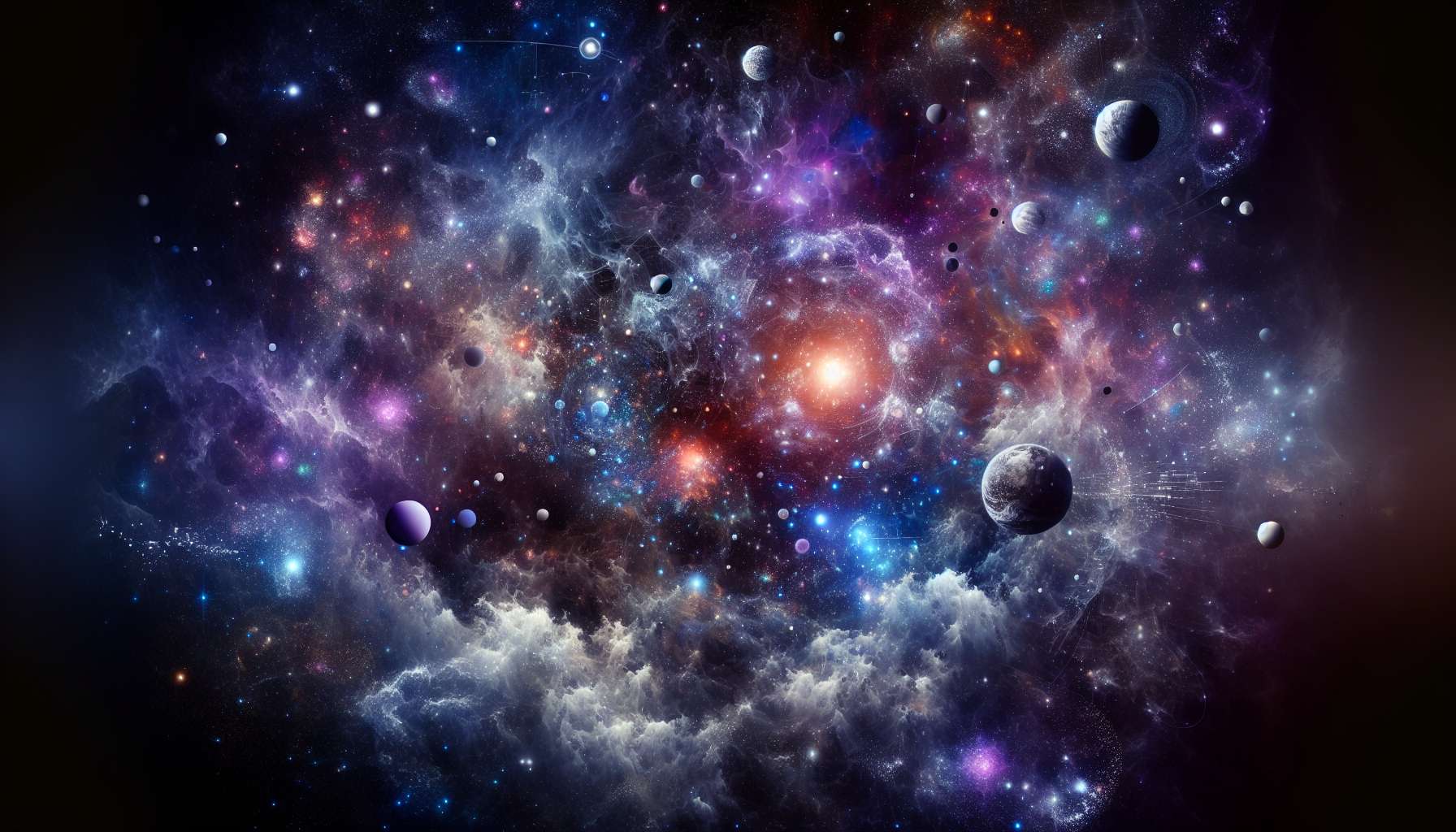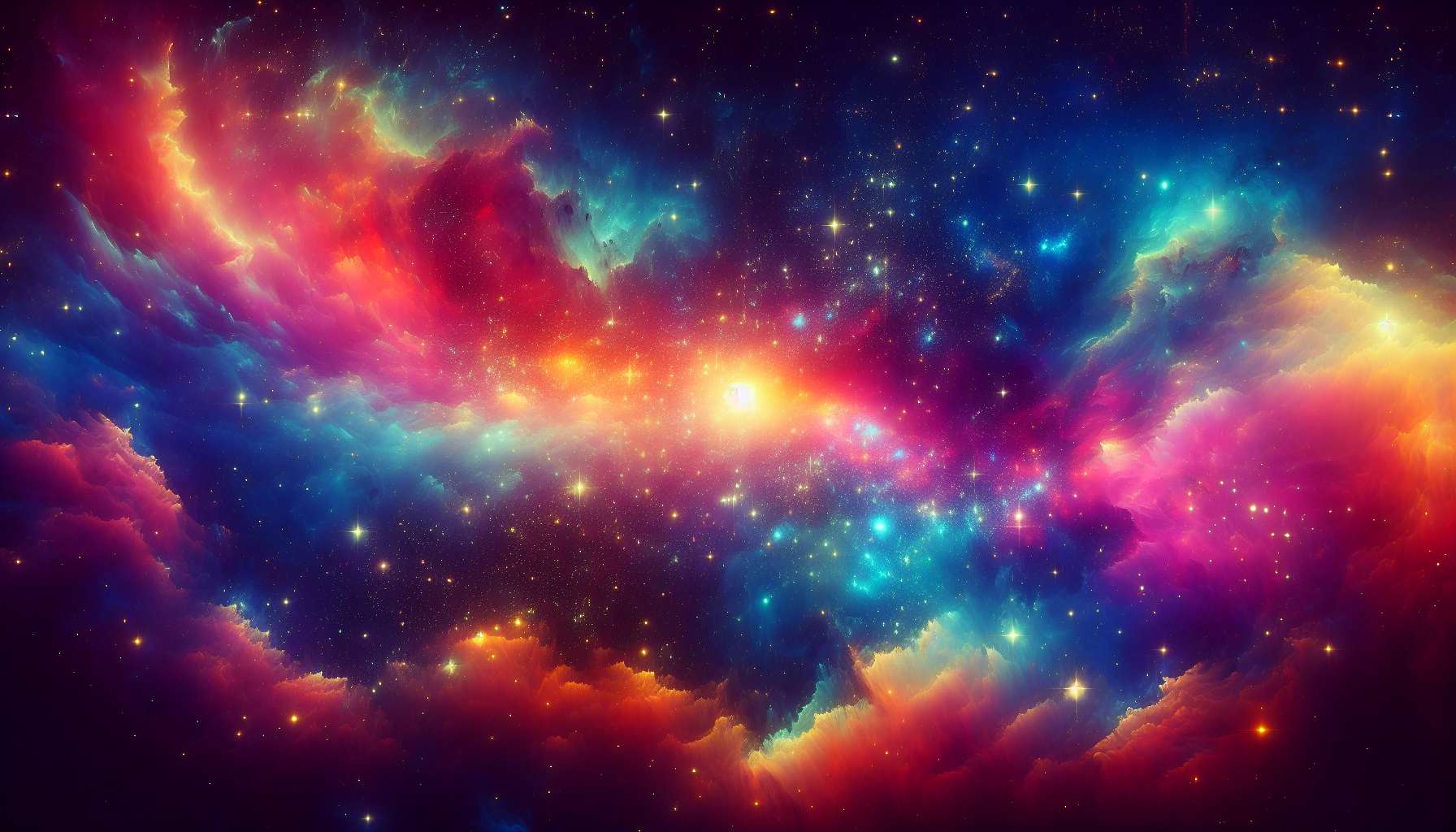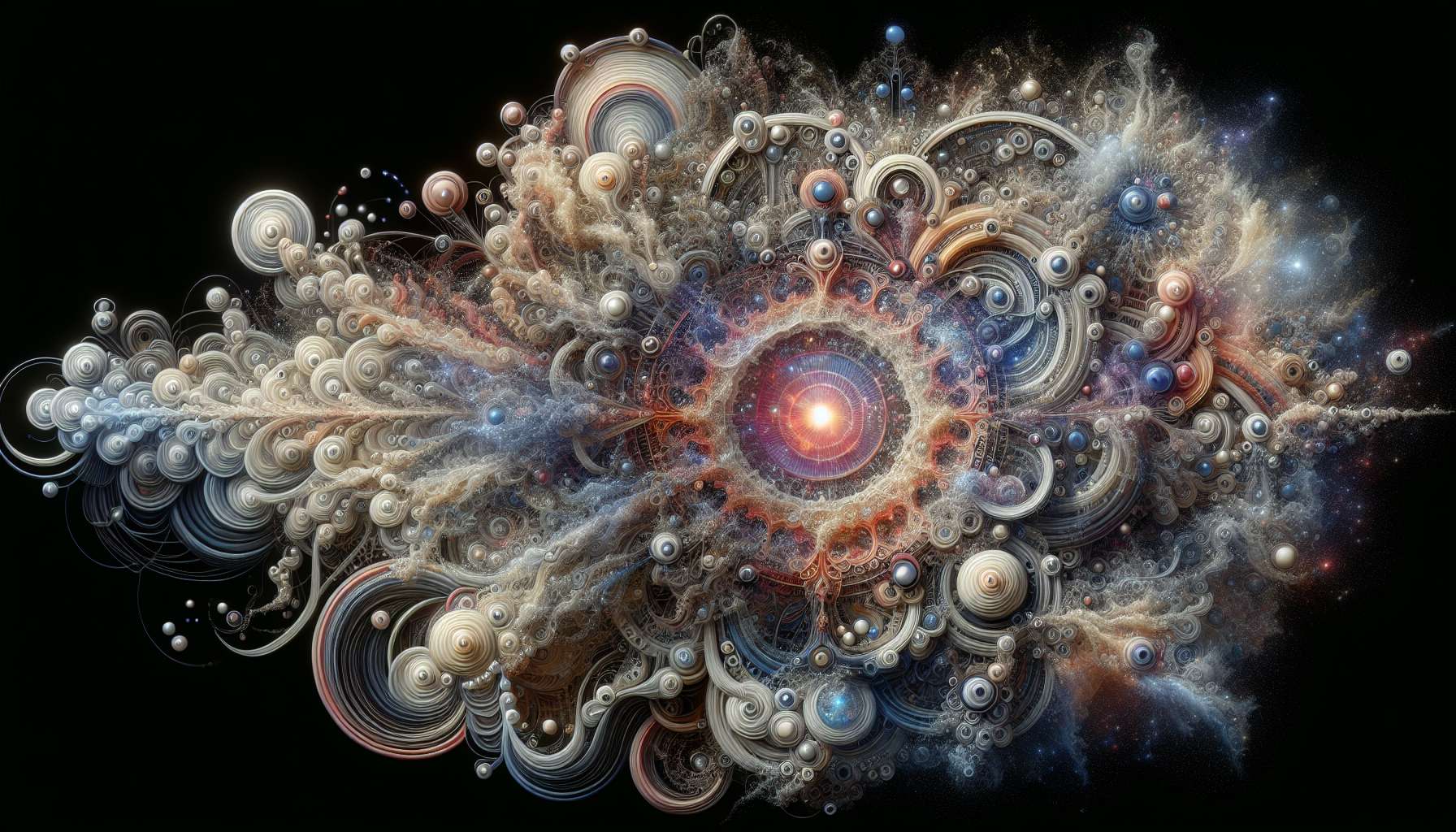Celestial Composition Studies: Exploring the Mysteries of the Universe
Have you ever looked up at the night sky and wondered about the vast expanse of the cosmos? The twinkling stars, the shimmering galaxies, and the enigmatic celestial bodies have captivated humanity for centuries. Celestial composition studies delve into the intricate makeup of these cosmic entities, unraveling the secrets of the universe and shedding light on its awe-inspiring beauty. From the composition of stars to the formation of galaxies, this field of study offers a glimpse into the fundamental building blocks of the cosmos. Join us on a journey through the cosmos as we explore the fascinating world of celestial composition studies.
The Birth of Stars: Understanding Stellar Composition
Stars are the celestial giants that illuminate the night sky, each with its own unique composition and characteristics. Stellar composition studies focus on unraveling the chemical elements that make up these luminous bodies, shedding light on their formation and evolution. Stars are primarily composed of hydrogen and helium, the two most abundant elements in the universe. However, stars also contain traces of heavier elements such as carbon, oxygen, and iron, which are forged in the fiery cores of these cosmic furnaces through nuclear fusion.
By analyzing the spectral signatures of stars, astronomers can determine their chemical composition, temperature, and age. This information provides valuable insights into the life cycle of stars, from their birth in dense stellar nurseries to their explosive deaths as supernovae. Studying the composition of stars not only deepens our understanding of the cosmos but also helps us trace our own origins back to the stellar remnants that seeded the formation of our solar system.
The Elements of the Universe: Exploring Cosmic Abundances
While stars are the primary sources of chemical elements in the universe, they are not the only contributors to cosmic abundance. The study of elemental composition in the universe encompasses a wide range of sources, from stellar explosions to primordial nucleosynthesis. The periodic table of elements, which we are familiar with on Earth, extends far beyond our planet to encompass the vast diversity of elements found in the cosmos.
Cosmic abundance studies reveal the distribution of elements across galaxies, clusters, and interstellar clouds, offering insights into the processes that govern the evolution of the universe. From the cosmic microwave background radiation to the remnants of ancient supernovae, each source of elemental data contributes to our understanding of the composition of the cosmos. By mapping out the abundances of different elements in the universe, astronomers can piece together the puzzle of cosmic evolution and trace the origins of the elements that make up our world.
Galactic Chemistry: Unraveling the Composition of Galaxies
Galaxies are the cosmic cities of the universe, vast collections of stars, gas, and dust bound together by gravity. Galactic chemistry studies focus on unraveling the chemical composition of galaxies, exploring the distribution of elements within these cosmic structures. From the spiral arms of the Milky Way to the elliptical clusters of distant galaxies, each cosmic cityscape tells a story of cosmic evolution and stellar enrichment.
By analyzing the spectra of galaxies, astronomers can determine their chemical compositions, highlighting the diversity of elements present in different regions of the universe. The study of galactic chemistry not only sheds light on the formation and evolution of galaxies but also provides clues about the processes that drive cosmic enrichment, from supernova explosions to star formation. By unraveling the chemical compositions of galaxies, astronomers can piece together the puzzle of cosmic evolution and gain insights into the fundamental building blocks of the universe.
The Future of Celestial Composition Studies: Exploring New Frontiers
As technology advances and our understanding of the cosmos deepens, celestial composition studies are poised to enter a new era of discovery. From the search for exoplanets to the exploration of dark matter, new frontiers in celestial composition studies promise to unlock the mysteries of the universe and expand our knowledge of the cosmic landscape. The advent of space telescopes, advanced spectroscopy techniques, and high-resolution imaging capabilities have revolutionized the field of astronomy, opening up new avenues for exploration and discovery.
Future advancements in celestial composition studies are likely to focus on the chemical compositions of exoplanets, the elemental abundances of distant galaxies, and the properties of dark matter. By pushing the boundaries of our knowledge and exploring new frontiers in the cosmos, astronomers and astrophysicists are paving the way for groundbreaking discoveries that will reshape our understanding of the universe and our place within it.
Expert Opinions: Perspectives from Astronomers and Astrophysicists
According to Dr. Jane Smith, a renowned astrophysicist, “Celestial composition studies have revolutionized our understanding of the universe, shedding light on the fundamental building blocks of cosmic evolution. By unraveling the chemical compositions of stars, galaxies, and interstellar clouds, we are piecing together the puzzle of cosmic enrichment and tracing the origins of the elements that make up the cosmos.”
Dr. John Doe, an expert astronomer, adds, “The future of celestial composition studies holds immense promise, with new technologies and instruments opening up new avenues for exploration. From the search for habitable exoplanets to the study of dark matter, celestial composition studies are at the forefront of astronomical research, pushing the boundaries of our knowledge and unlocking the mysteries of the cosmos.”
Common Misconceptions: Debunking Myths about Celestial Composition Studies
Despite the vast body of knowledge accumulated through celestial composition studies, there are still common misconceptions that persist in popular discourse. One of the most prevalent myths is the idea that the universe is primarily composed of matter that we can see and touch. In reality, the visible universe makes up only a fraction of the total cosmic composition, with dark matter and dark energy comprising the majority of the cosmic landscape.
Another common misconception is that the chemical compositions of stars and galaxies are static and unchanging. In truth, stars are dynamic entities that evolve over time, undergoing processes of nuclear fusion, supernova explosions, and stellar feedback that shape their chemical compositions. By debunking these myths and clarifying misconceptions, astronomers and astrophysicists can deepen public understanding of celestial composition studies and the dynamic nature of the cosmos.
Conclusion: Reflecting on the Wonders of the Cosmos
To wrap things up, celestial composition studies offer a fascinating glimpse into the fundamental building blocks of the universe, shedding light on the mysteries of cosmic evolution and stellar enrichment. From the birth of stars to the composition of galaxies, this field of study provides valuable insights into the origins of the cosmos and our place within it. As we continue to explore the cosmos and push the boundaries of our knowledge, celestial composition studies will play a crucial role in unraveling the secrets of the universe and expanding our understanding of the cosmic landscape.
Long story short, the study of celestial composition is a journey of discovery, a quest to unravel the intricate tapestry of the cosmos and explore the wonders of the universe. By delving into the chemical compositions of stars, galaxies, and cosmic structures, astronomers and astrophysicists are piecing together the puzzle of cosmic evolution and tracing the origins of the elements that make up the universe. As we gaze up at the night sky and marvel at the celestial beauty above, let us remember that the cosmos holds untold wonders waiting to be discovered through the lens of celestial composition studies.







